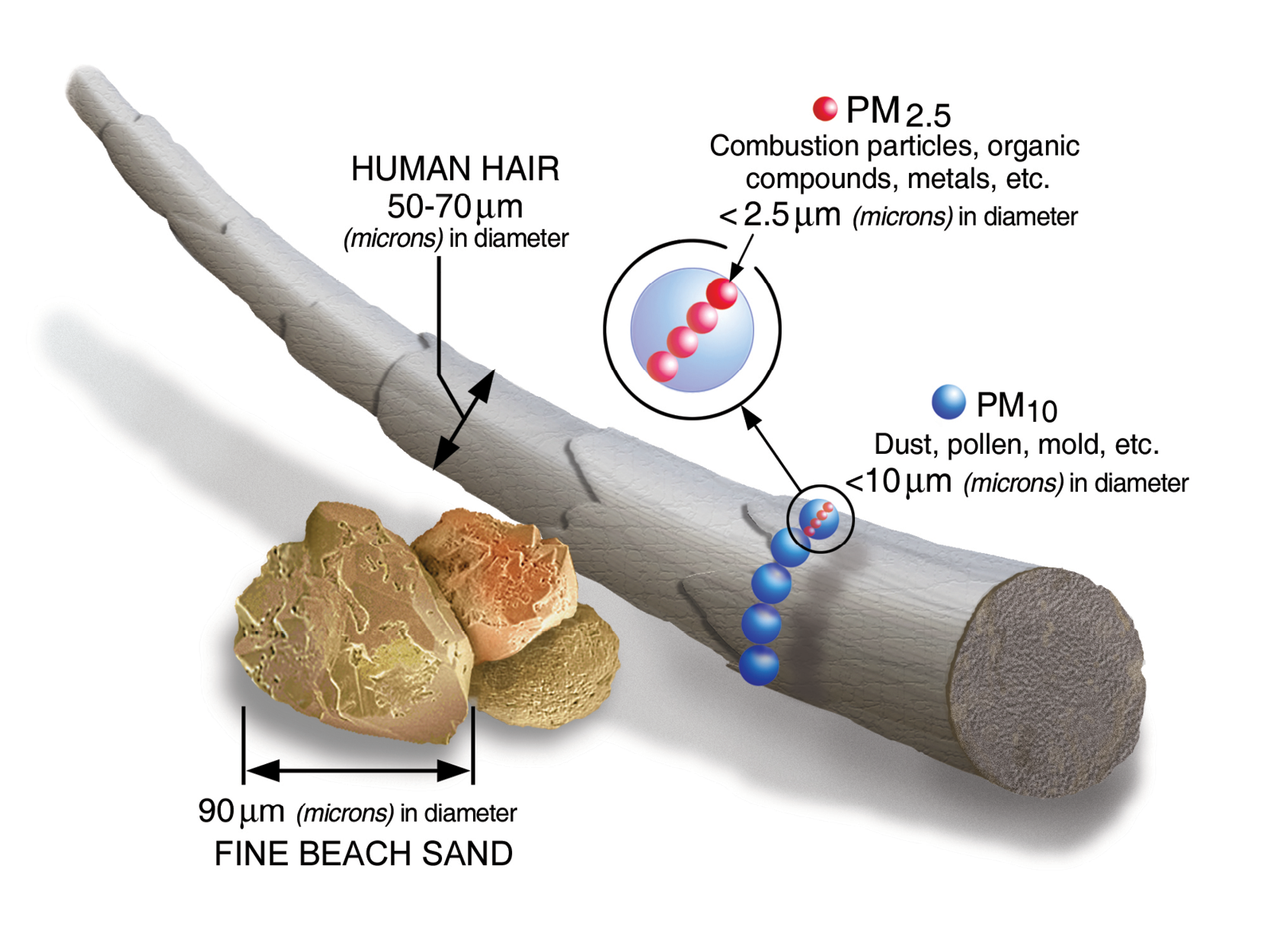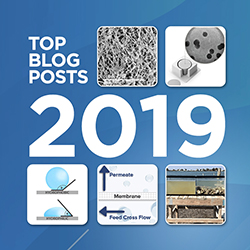Ultrafine particles (UFPs) belong to a class of primary air pollutants called particulate matter (PM). Other types of PM include coarse particulate matter (PM10) and fine particulate matter (PM2.5). With a diameter of 0.1 micron or less, UFPs are the smallest known particles of PM. To put its relative size into perspective, UFPs measure 700 times smaller than the average diameter of a human hair.
The small size of UFPs and their vast numbers has led scientists to further investigate their properties and potential health impacts. Similar to other PM, UFPs can penetrate deep into the lungs; however, it’s unique ability to pass through the respiratory membrane, enter the bloodstream, and travel to the body’s organs (a process called translocation) poses further health concerns than its larger relatives.[1]
Where do UFPs come from?UFPs are a product of combustion processes emissions. Emission inventory studies have shown that road vehicles






![Join Sterlitech at BIO 2024 [Booth #5558]: Exploring the Future of Biotechnology](https://www.sterlitech.com/media/magefan_blog/b4.jpeg)

